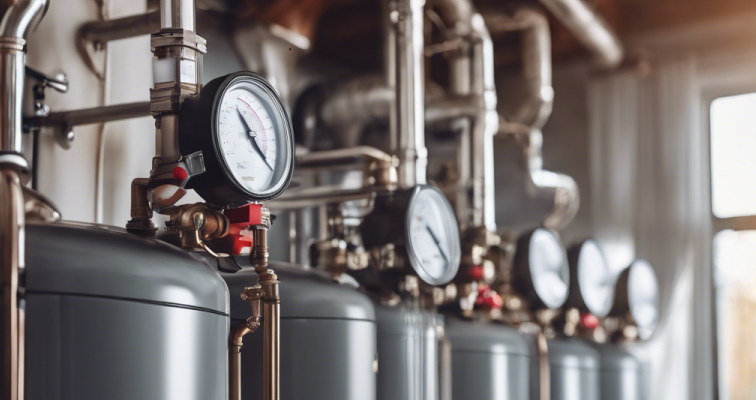Should you convert your hot water tank to an instant gas hot water system?
If you want to convert your old hot water tank to an instantaneous gas hot water system, here are a few questions you should consider.

- Do you currently have gas on your property?
- Is the supply of gas to your property possible? Will it be natural gas or bottled LPG?
- Is the gas supply pipework large enough to provide the right amount of gas to the new hot water system?
- What is the gas supply pressure for the new location: high or low pressure?
- Will the location of the instantaneous/continuous flow hot water service comply with Australian Standards?
- Is there access to an external weatherproof power point? Is it within 1 metre of the new location?
- Is there excessive water pressure on the site, and will a pressure-limiting device be needed?
- Is the plumbing firm licensed to install gas hot water systems? Will they be performing the electrical work for you as well, or will you need to engage the services of an electrician — and at what cost?
Some of these factors are relatively minor and can only add small amounts to your total expenses (probably an additional of about $200 to the total cost of the job). However, other extras — like getting a completely new gas main installed or enlarging sections of the gas pipe — can make the project more expensive by thousands of dollars.
The location on your property where gas pipework needs to be done can also reflect on the cost of the job. If the pipe work will be on the ground, extensive digging will undoubtedly be involved. If the pipe work is going to be on the roof or cavity, access can be quite tricky. This often requires at least two tradesmen to perform the task.
Also, take note that if you previously had a gas storage hot water system, the gas supply wouldn’t be ample enough to provide sufficient gas to the new continuous flow gas hot water system. Gas-fired storage hot water tanks are slow-burning furnaces that heat a tank of 135L in approximately 60 minutes. Meanwhile, a continuous flow gas hot water system is “instant”, and it needs a large amount of power (gas) to enable the maximum efficiency of the hot water service.
Is it worth changing to a gas-hot water system?
Converting your hot water system can be costly, so if you’re not planning on staying in your current residence for a long time, this may not be a worthwhile investment. What you can do, though, is to get a newer version of your old hot water system. For example, if you have a three-star rated hot water service, you might want to upgrade to a five-star unit. The main difference between these two models is their annual gas consumption — about 4,000 megajoules. From here, you can easily see the savings you’ll get if you switch to a newer version.
However, if you’re really set on changing your hot water system, don’t forget to consider a few things, like the brand and capacity of the hot water unit, the number of bathrooms in your property, and the water supply to the new hot water service. If you have a 15mm (1/2 inch) cold water feed to your existing water service, getting a continuous flow hot water service may not be worth it as the unit can only produce what is delivered to it.
About the author Aaron Stewart
 Aaron Stewart is the Owner-Operator of Mayfair Plumbing & Gasfitting. He has over 20 years of experience in all aspects of plumbing and gasfitting, and he also works with a team of licensed plumbers, gasfitters, electricians, consultants, and draftsmen to provide superior services for Australian homes and businesses.
Aaron Stewart is the Owner-Operator of Mayfair Plumbing & Gasfitting. He has over 20 years of experience in all aspects of plumbing and gasfitting, and he also works with a team of licensed plumbers, gasfitters, electricians, consultants, and draftsmen to provide superior services for Australian homes and businesses.